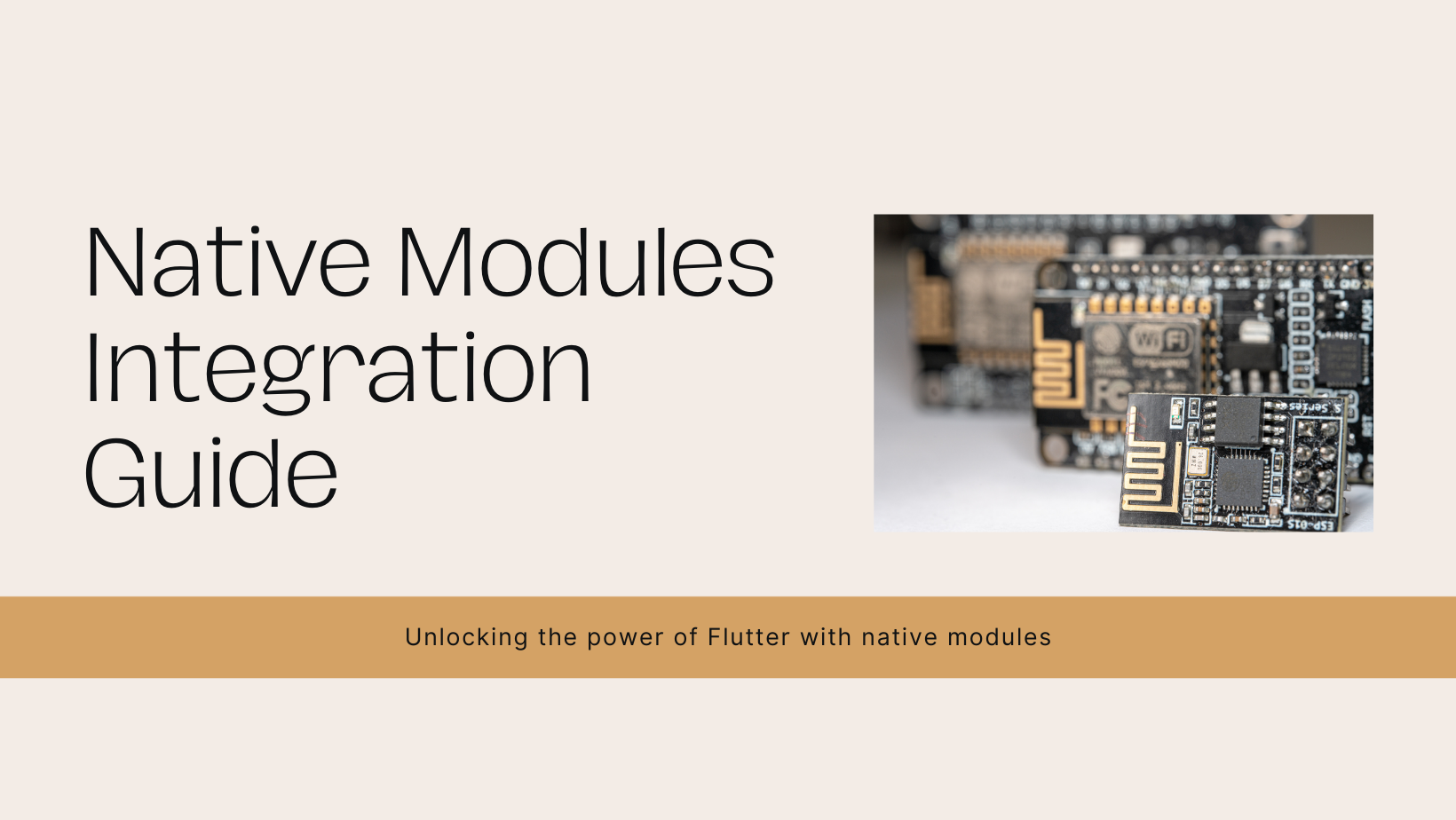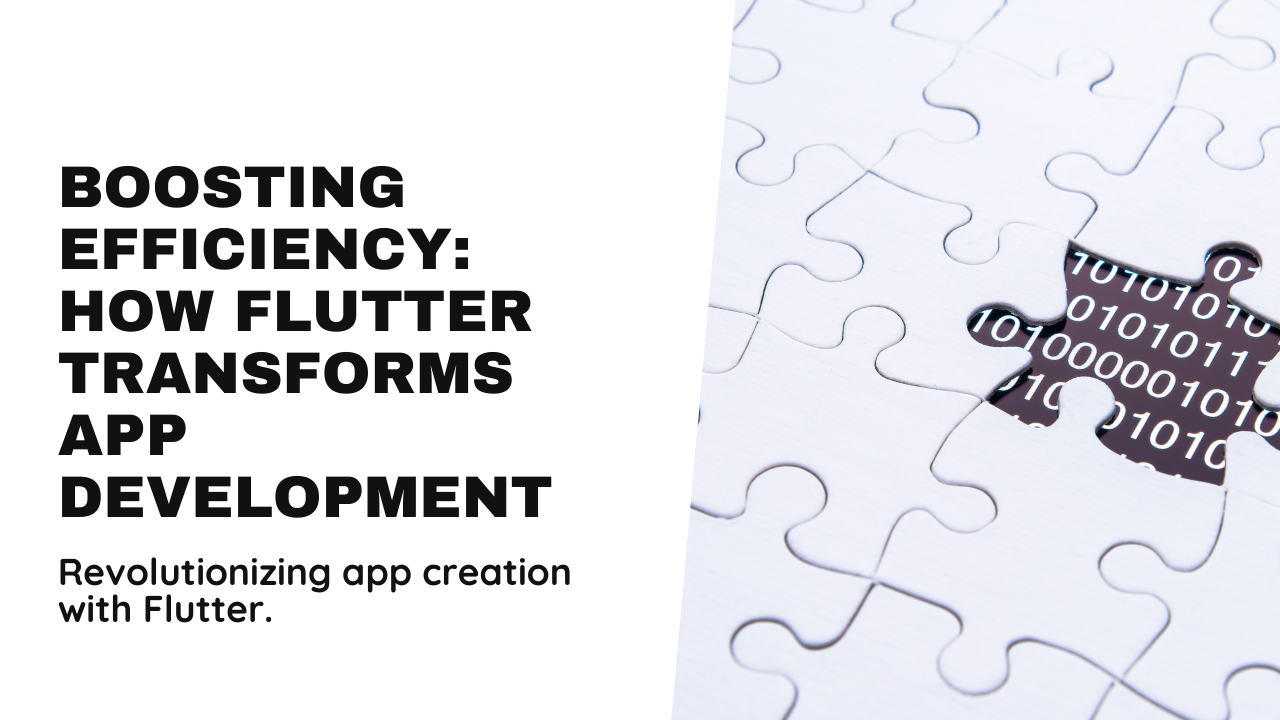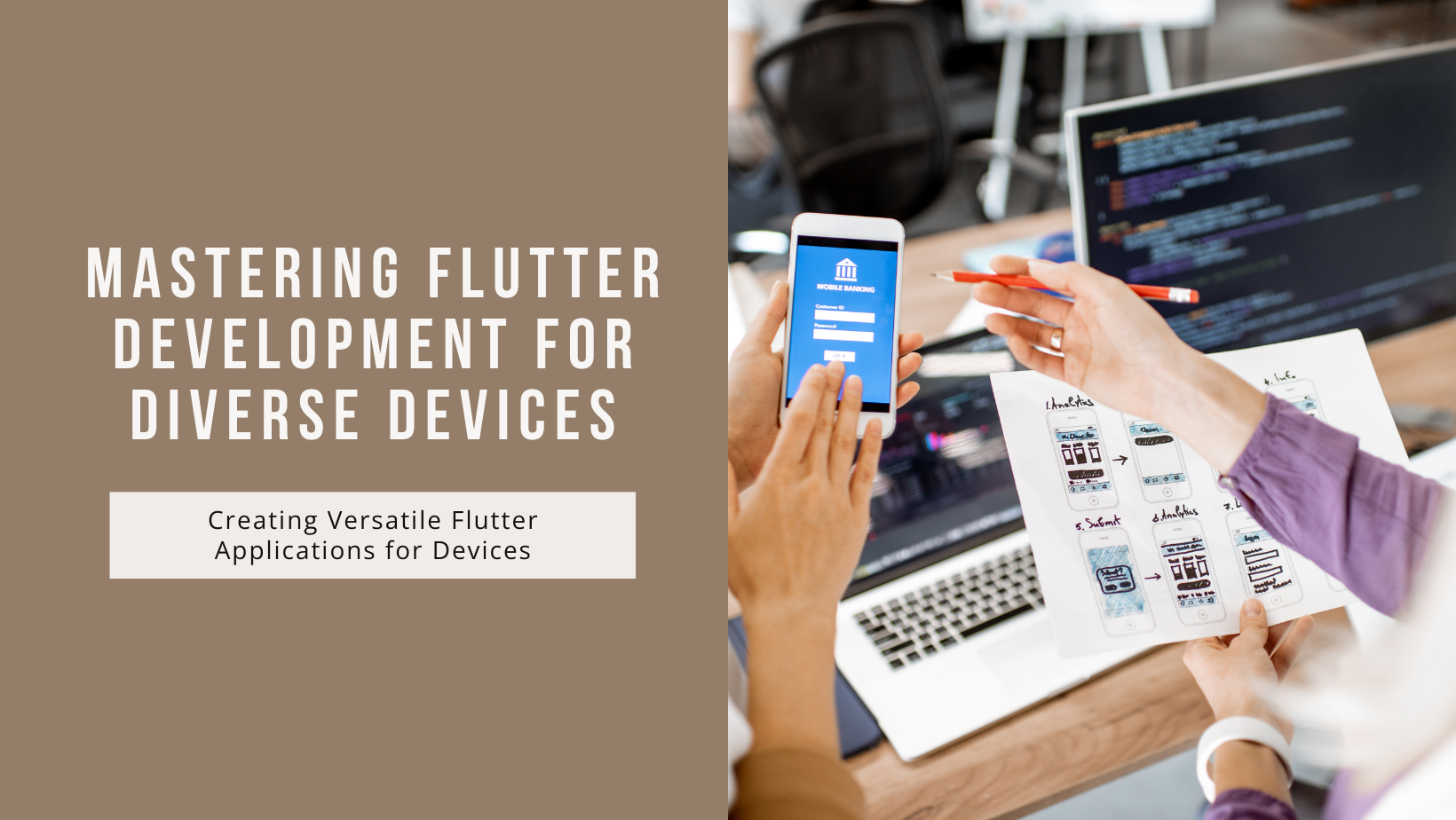for mobile, web, and desktop from a single codebase. While Flutter offers a rich set of pre-built widgets and libraries, there are times when you need to access platform-specific features or integrate third-party native libraries. This is where native modules come into play. Integrating native modules in Flutter apps allows you to leverage platform-specific functionalities that are not available in the Flutter framework out-of-the-box. In this blog, we will explore how to integrate native modules in Flutter apps effectively, enhancing your application’s capabilities and performance.
Understanding Native Modules
What are Native Modules?
Native modules are platform-specific code written in Java, Kotlin, Swift, or Objective-C that can be integrated into a Flutter app. They allow you to interact with native APIs and services, access device hardware, or use existing native libraries. Native modules provide a bridge between Flutter’s Dart code and the platform’s native code, enabling the use of features not directly supported by Flutter.
Why Integrate Native Modules?
Integrating native modules can be beneficial for several reasons:
- Access Platform-Specific Features: Native modules enable access to features unique to the platform, such as iOS’s Core Location or Android’s GPS services.
- Utilize Existing Libraries: Leverage existing native libraries or SDKs that offer functionalities not available in Flutter.
- Performance Optimization: For performance-critical tasks, native code can provide more efficient solutions compared to Dart.
Setting Up Your Flutter Project for Native Modules
Project Configuration
Before integrating native modules, ensure your Flutter project is properly configured for both Android and iOS development:
- Android: Make sure your
androidfolder contains the necessary configurations and dependencies. Verify that your project’sbuild.gradlefiles are set up to include any required native libraries. - iOS: Ensure your
iosfolder is configured correctly. Check that yourPodfileincludes any necessary dependencies and that your Xcode project is properly set up.
Adding Dependencies
To integrate native modules, you may need to add specific dependencies to your Flutter project:
- Android: Add the required dependencies to the
android/app/build.gradlefile. - iOS: Update the
Podfilein theiosdirectory to include the necessary pods.
Creating Native Modules
Android Native Modules
For Android, native modules are written in Java or Kotlin. The process involves creating a new module or integrating an existing one:
- Create a New Java/Kotlin Class: Define a new class that extends
FlutterActivityorFlutterFragmentActivityand includes the desired platform-specific functionality. - Implement Platform Channels: Use platform channels to communicate between Dart and the native Android code. This involves setting up a
MethodChannelin both Dart and Java/Kotlin code to handle method calls and responses.
iOS Native Modules
For iOS, native modules are written in Swift or Objective-C. The steps include:
- Create a New Swift/Objective-C Class: Define a new class that inherits from
NSObjectand conforms toFlutterPlugin. - Register the Plugin: Register the plugin with Flutter by implementing the
register(with:)method to set up communication between Dart and native iOS code. - Implement Platform Channels: Similar to Android, use platform channels to facilitate communication between Dart and Swift/Objective-C code.
Communicating Between Dart and Native Code
Platform Channels Overview
Platform channels are the mechanism Flutter uses to communicate with native code. They provide a way to invoke native functions from Dart and receive results. There are two primary types of channels:
- Method Channels: Used for invoking methods and receiving results.
- Event Channels: Used for receiving continuous streams of data from the native side.
Setting Up Method Channels
- Dart Side: Define a
MethodChannelin Dart and invoke methods using the channel. - Native Side (Android): Create a
MethodChannelin Java/Kotlin and handle method calls in theonMethodCallmethod. - Native Side (iOS): Set up a
FlutterMethodChannelin Swift/Objective-C and handle method calls in thehandlemethod.
Setting Up Event Channels
- Dart Side: Define an
EventChannelin Dart and listen for events using the channel. - Native Side (Android): Create an
EventChannelin Java/Kotlin and send events using aEventSink. - Native Side (iOS): Set up an
FlutterEventChannelin Swift/Objective-C and send events using anEventSink.
Testing and Debugging Native Modules
Testing Native Code
Testing native code is crucial to ensure it functions correctly and integrates seamlessly with Flutter:
- Android: Use Android Studio’s debugging tools and logcat to test and debug Java/Kotlin code.
- iOS: Use Xcode’s debugging tools and console to test and debug Swift/Objective-C code.
Testing Integration
Test the integration of native modules with Flutter:
- Unit Testing: Write unit tests for both Dart and native code to verify their functionality independently.
- Integration Testing: Perform integration tests to ensure that the communication between Dart and native code works as expected.
Best Practices for Native Module Integration
Keep Native Code Modular
Ensure that native code is modular and well-organized. This makes it easier to maintain and update native modules without affecting other parts of your Flutter application.
Handle Errors Gracefully
Implement proper error handling in both Dart and native code. Ensure that any errors or exceptions are communicated effectively and handled gracefully to provide a smooth user experience.
Maintain Consistency
Maintain consistency in your codebase by following platform-specific guidelines and conventions. This ensures that your native modules integrate seamlessly with Flutter and adhere to best practices for each platform.
Document Your Code
Document your native modules thoroughly to provide clarity on their usage and functionality. This is especially important if the modules are used by other developers or teams.
Future Trends and Considerations
Cross-Platform Development Evolution
As Flutter continues to evolve, the integration of native modules will likely become more streamlined and efficient. Stay updated with the latest Flutter releases and enhancements to leverage new features and improvements.
Enhanced Native Integration
Future updates may include enhanced support for integrating native modules, providing more robust and seamless ways to interact with platform-specific features and libraries.
Conclusion
Integrating native modules in Flutter apps is a powerful way to extend the functionality of your applications and access platform-specific features. By understanding the process of creating and integrating native modules, communicating between Dart and native code, and adhering to best practices, you can enhance your Flutter applications and provide a richer user experience. As Flutter and its ecosystem continue to evolve, staying informed and adapting to new developments will ensure that you make the most of native module integration in your Flutter projects.







